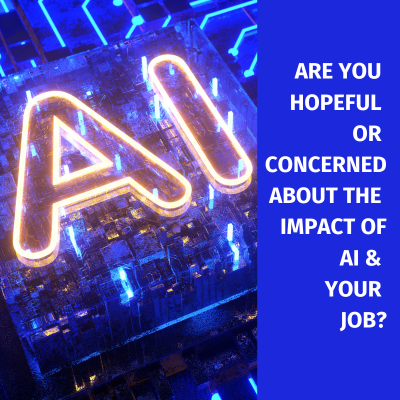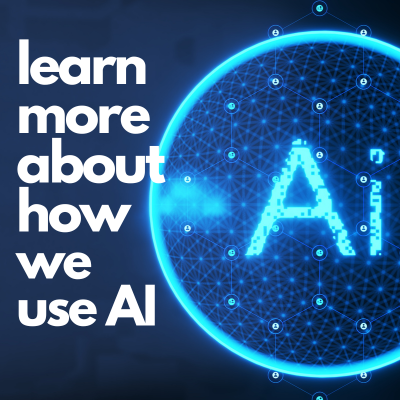About a fifth of all workers have high-exposure jobs; women, Asian, college-educated and higher-paid workers are more exposed. But those in the most exposed industries are more likely to say AI will help more than hurt them personally.
Artificial intelligence (AI) recently gained new attention with the release of ChatGPT and Dall-E. These tools and the broader array of AI-driven business applications represent a new reality for workers.
What we found
- In 2022, 19% of American workers were in jobs that are the most exposed to AI, in which the most important activities may be either replaced or assisted by AI.
- 23% of workers have jobs that are the least exposed to AI, in which the most important activities are farther from the reach of AI. Other workers, nearly six-in-ten in all, are likely to have varying levels of exposure to AI.
- Jobs with a high level of exposure to AI tend to be in higher-paying fields where a college education and analytical skills can be a plus.
Certain groups of workers have higher levels of exposure to AI
- Those with more education: Workers with a bachelor’s degree or more (27%) are more than twice as likely as those with a high school diploma only (12%) to see the most exposure.
- Women: A greater share of women (21%) than men (17%) are likely to see the most exposure to AI. This is because of differences in the types of jobs held by men and women.
- Asian and White: Asian (24%) and White (20%) workers are more exposed than Black (15%) and Hispanic (13%) workers.
- Higher-wage workers: In 2022, workers in the most exposed jobs earned $33 per hour, on average, compared with $20 in jobs with the least amount of exposure.
Continue reading full article here.
Or if you are ready to learn how Jobspeaker can help you move to a Skill-Based Hiring Approach, schedule a demo today.


